J-STORIES - Last August, the World Robot Conference 2023 took place in Beijing, where competitive robot industries presented their latest creations to the public over a span of seven days. According to the organizer, the event is said to be one of the biggest and liveliest sites for innovation.
China has been the world’s factory ever since they began promoting inexpensive labor and manufacturing infrastructure as their main weapons. What’s more, it is the top nation in the installments of industrial robots per year since 2013, surpassing Japan - another “Robot Kingdom”.
Other than for industrial purposes, China has been pouring their effort into service robots as well, which is said to be the primary reason behind their rapid market growth. As a matter of fact, the service robot market expanded by 70% from 2017 to 2019.
Therefore, this exhibition focuses on robots for service use, especially centered on humanoids that look and perform exactly like us. Despite its ’Sci-Fi’ tropes, this represents how China’s technological advancements came this far to generating a workforce themselves.
Recently, in November 2023, a guidance opinion was issued by the Chinese Ministry of Industry and Information Technology, that humanoid robots should be prepared for mass production by 2025. In this innovative system, robots are expected to be introduced across the country in various fields, extending from manufacturing to daily services including housework, nursing care and distribution.
EX Robots
These humanoids and hyper-realistic bionic robots are able to change facial expressions and move their limbs like a real human being. Because they are able to copy the movements and expressions of real people, this technology has many possible applications to society. Schooling and childcare are examples where human interaction becomes a key factor.
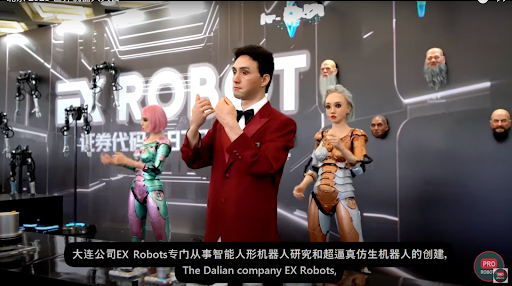
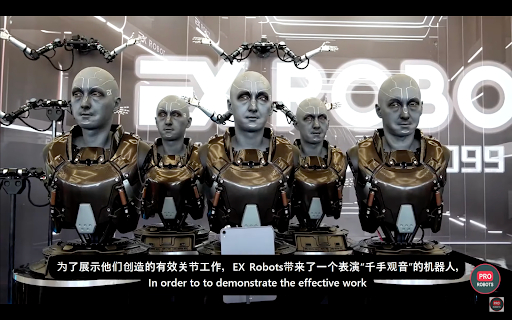
Unitree Robotics
Unitree’s humanoid robots are of a similar height and weight to real humans, capable of balancing their body even when kicked strongly. In addition, their dog robots (Go2), are capable of carrying out dynamic functions, including backflips on four legs. There has also been a demonstration of a synchronized group dance by 130 Go2s.
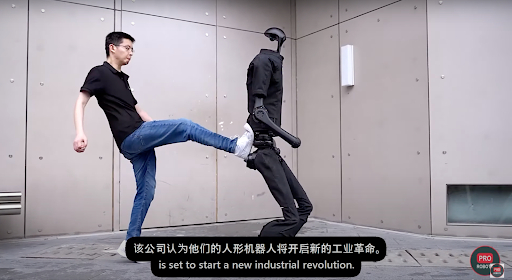



DREAME
While known primarily for robot vacuum cleaners, Dreame has also created barista robots. These humanoids have similar height and weight to humans, and advanced perceptive abilities that allow them to serve the best coffee at the best timing.
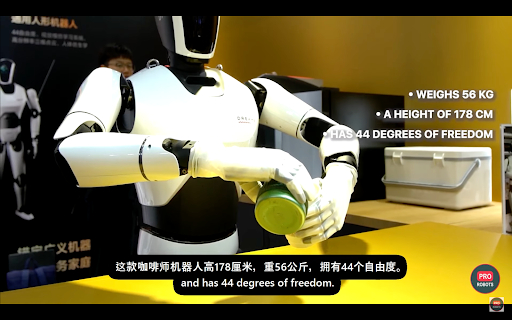

CloudMinds Technologies
The company’s main developments are humanoid service robots and facial recognition systems. These friendly-looking humanoid robots with inbuilt GPT and flexible joint sensors are potentially useful for caring for the elderly and doing housework. Moreover, to raise efficiency, a cloud-based brain for robots is being developed for future use.
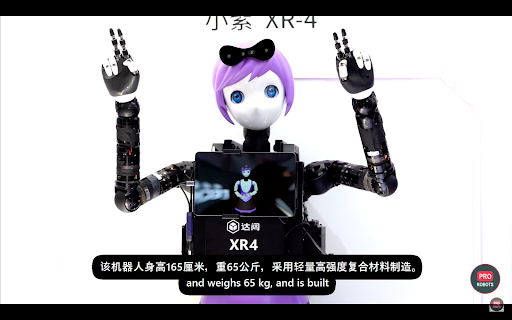
Fourier Intelligence
Stably walking on two legs, their realistic humanoid robots are capable of walking and running on rough surfaces. The robots can also carry luggage with their hands, indicating high potential for transport purposes.

Xiaomi
Xiaomi improved on its cyberdog’s mobility, updating to Cyberdog 2. This version can perform more complex actions such as back flips and getting up on its own after falling, and even run at 1.6 meters per second. Furthermore, Cyberdog 2 can become a person’s best companion, because the sensors and cameras perceive the environment and human expressions more accurately to make interactions more natural.
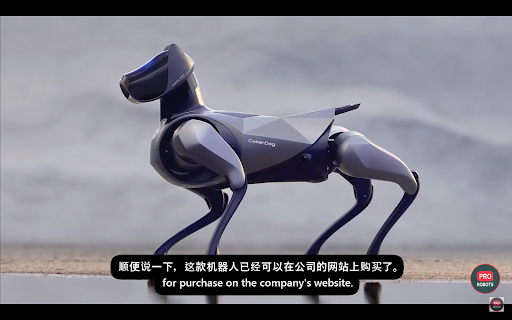
DEEP Robotics
This X20 waterproof industrial quadruped robot can be used for multiple purposes because of its ability to balance itself in any situation, even on muddy, bumpy roads and under bad weather.
These unique features allowed it to become the first robot to conduct a fully autonomous inspection of a factory.
It’s shape and function.
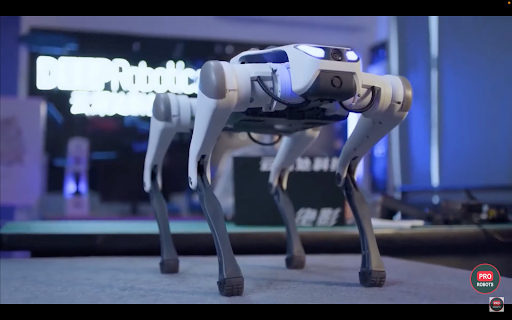
Data fountain AI robots - DaFang AI
Other than humanoids and robot dogs, there is even a wall painting robot already in the market. Dafang AI produced a robot that can process 50 square meters of surfaces in an hour, which recognizes windows and doors to pause its work. This increases its efficiency by up to 6-7 times higher than human labor.
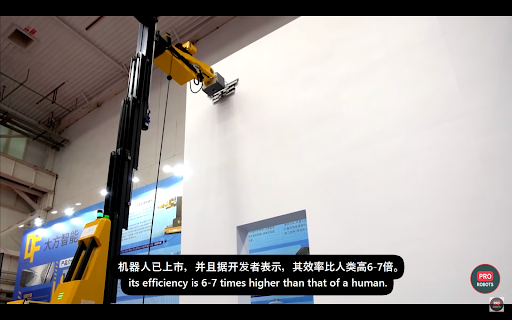
Shanghai Micro port MedBot
In surgeries which have high risks of infection, doctor’s experience immense levels of stress amplified with how the patients’ lives are in their hands. To combat this issue, Toumai laparoscopic surgical robot allows the surgeon to sit outside of the aseptic area to perform surgery. This stress-reducing device is already in use in dozens of hospitals, conducting over 100 surgeries this year. In fact, last June, surgeons from Xinjiang were able to perform surgery at a hospital 5000 km away. The process was supported by 5G networks, making it possible to perform complex surgeries over long distances.
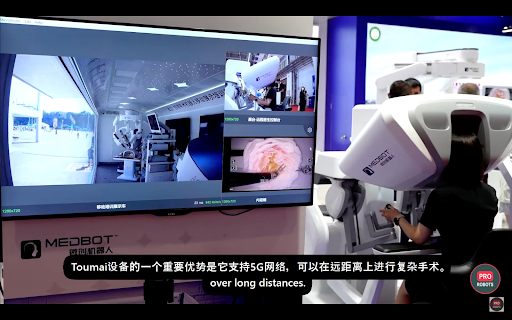
ULS robotics
Taking a different approach, ULS exhibited their Exoskeletons: a wearable robot, which facilitates physical work to prevent injuries due to heavy labor such as lifting. The company aims to help people to keep their job by supporting their health and desire to work, rather than replacing them with robots.
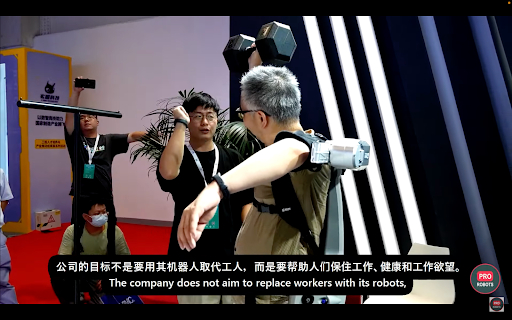
Realman
In an age where robots are capable of various services, relaxation is provided as well. Ultralight massage robots imitate the techniques of a professional masseur, exerting it on the customer. The massages can be selected and adjusted on a touch screen, which are then performed based on pre-programmed massages.
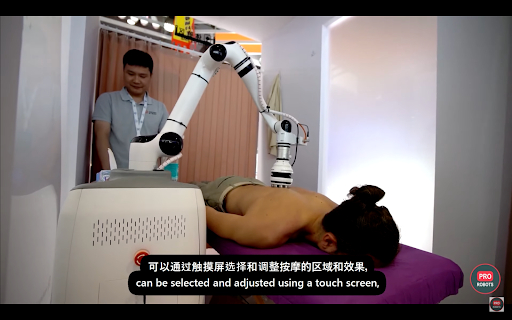
Agrirobot
Though inferior to humans in terms of speed, these agricultural robots can work consistently for an entire day. Using AI sensors and cameras, the robots are programmed to only pick ripe fruits. In the future, costs may fall along with an increase in efficiency and accessibility for farmers .
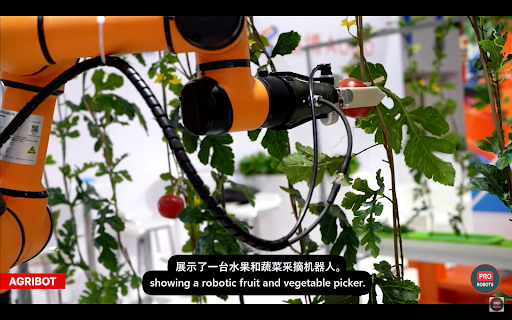
Translated by Ridley coyte
Photo by PRO ROBOT
For inquiries about this article, please contact jstories@pacificbridge.jp
***
Click here for the Japanese version of the article
![[Podcast]The surprising future of Japan’s new robot companions](https://storage.googleapis.com/jstories-cms.appspot.com/images/1728983340080shunsukei-aoki_smallthumbnail.jpg)
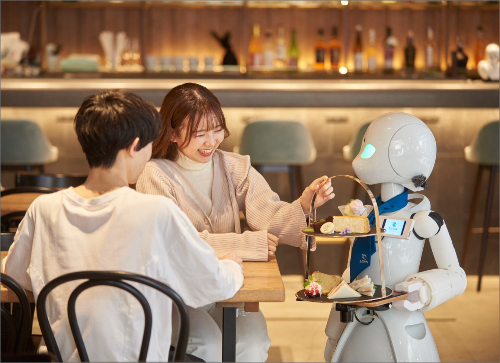
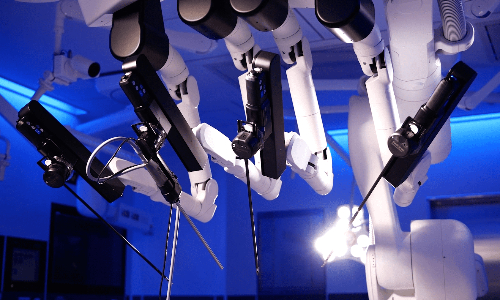
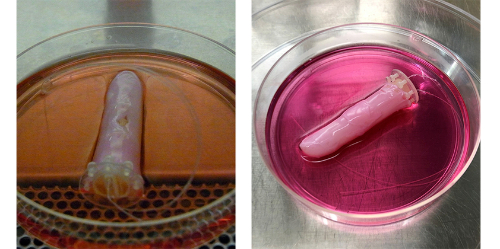
![[Podcast] Japanese technology to supercharge human fertility (Part 3)](https://storage.googleapis.com/jstories-cms.appspot.com/images/1766558713084place-for-scientific-research-2025-03-07-14-08-49-utc%20(1)_bigthumbnail.jpeg)
![[Interview: Part 2] A digital approach to tackle child hunger in Japan with dignity](https://storage.googleapis.com/jstories-cms.appspot.com/images/1766130666509unnamed_bigthumbnail.jpg)
![[Podcast] Japanese technology to supercharge human fertility (Part 2)](https://storage.googleapis.com/jstories-cms.appspot.com/images/1765863548035unnamed-7_bigthumbnail.jpg)
![[Podcast] Japanese technology to supercharge human fertility (Part 1)](https://storage.googleapis.com/jstories-cms.appspot.com/images/1765440905082unnamed_bigthumbnail.jpg)
_bigthumbnail.jpeg)





![[Interview] When digital and physical worlds meet](https://storage.googleapis.com/jstories-cms.appspot.com/images/1747974430456unnamed-2_smallthumbnail.png)




_smallthumbnail.jpeg)

![[Interview: Part 1] From nourishing souls to feeding the hungry](https://storage.googleapis.com/jstories-cms.appspot.com/images/1763695595492unnamed_smallthumbnail.jpg)

